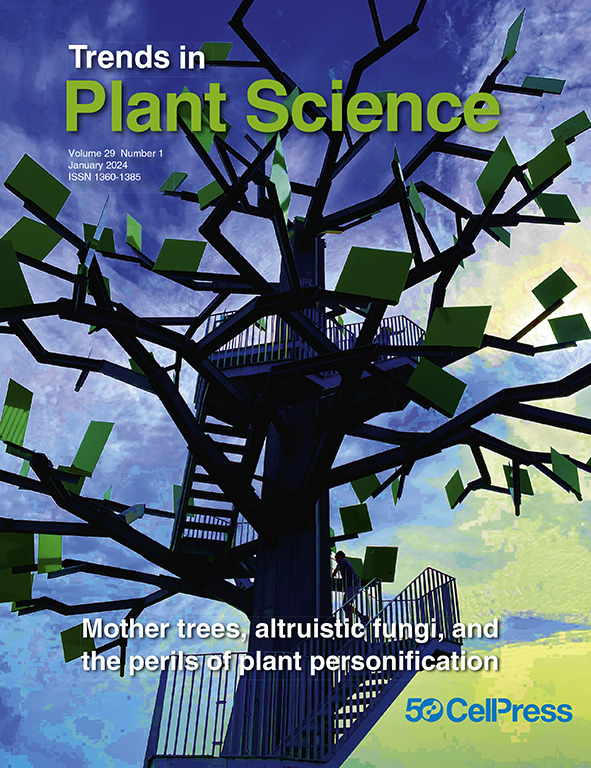植物生物学中的大型语言模型
IF 17.3
1区 生物学
Q1 PLANT SCIENCES
Trends in Plant Science
Pub Date : 2024-10-01
Epub Date: 2024-05-26
DOI:10.1016/j.tplants.2024.04.013
引用次数: 0
摘要
大型语言模型(LLM),如 ChatGPT,已经风靡全球。然而,大型语言模型并不局限于人类语言,它还可用于分析序列数据,如 DNA、蛋白质和基因表达。由此产生的基础模型可以重新用于识别数据中的复杂模式,从而形成强大的多用途预测工具,能够预测细胞系统的状态。本综述概述了不同类型的 LLM,并展示了它们最近在生物学中的应用。由于 LLM 尚未被植物界接受,我们还将介绍如何在植物界部署这些模型。本文章由计算机程序翻译,如有差异,请以英文原文为准。
Large language models in plant biology.
Large language models (LLMs), such as ChatGPT, have taken the world by storm. However, LLMs are not limited to human language and can be used to analyze sequential data, such as DNA, protein, and gene expression. The resulting foundation models can be repurposed to identify the complex patterns within the data, resulting in powerful, multipurpose prediction tools able to predict the state of cellular systems. This review outlines the different types of LLMs and showcases their recent uses in biology. Since LLMs have not yet been embraced by the plant community, we also cover how these models can be deployed for the plant kingdom.
求助全文
通过发布文献求助,成功后即可免费获取论文全文。
去求助
来源期刊

Trends in Plant Science
生物-植物科学
CiteScore
31.30
自引率
2.00%
发文量
196
审稿时长
6-12 weeks
期刊介绍:
Trends in Plant Science is the primary monthly review journal in plant science, encompassing a wide range from molecular biology to ecology. It offers concise and accessible reviews and opinions on fundamental plant science topics, providing quick insights into current thinking and developments in plant biology. Geared towards researchers, students, and teachers, the articles are authoritative, authored by both established leaders in the field and emerging talents.
 求助内容:
求助内容: 应助结果提醒方式:
应助结果提醒方式:


